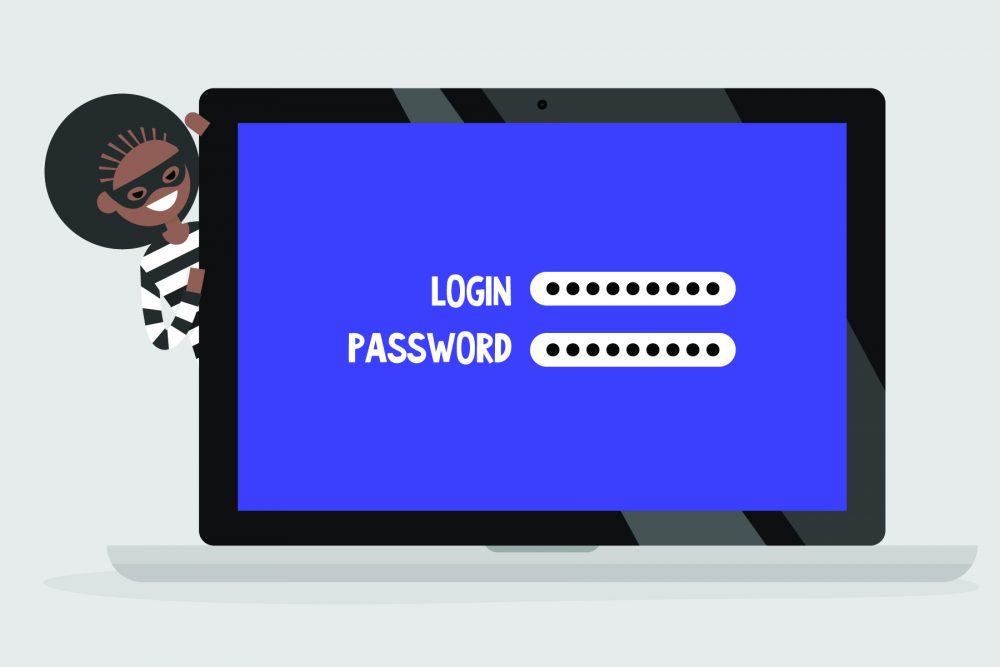[ad_1]
Here is an astonishing prediction: The cost of cybercrime globally will exceed $6 trillion annually by 2021, according to the research firm Cybersecurity Ventures. The amount is twice as much than the $3 trillion in damages from 2015.
The forecast is bleak for companies of any size. That is particularly true for small businesses that often don’t have enough IT security and protection to diminish or block the attacks.
Big-time breaches at huge companies like Target, Netflix, and JPMorgan Chase often control the front-page news when the attacks occur. However, in actuality, relatively new data reveals that small businesses are most often the firms enduring the malware infections day to day.
The possibility of having data hacked or breached can be costly and frightening. Yet, most small businesses, including firms owned by black men and women, often don’t think they are vulnerable.
And 65% of small businesses did not act after a cybersecurity incident, a new report by specialty insurer Hiscox revealed.
Two-thirds of small businesses surveyed cited cyber risk as a top concern for potential business impact on their businesses in the coming year.
Plus, some 58% of the attack victims were classified as small businesses, the Ponemon Institute 2017 State of Cybersecurity in Small & Medium-Sized Businesses report shows.
And the percentage of small businesses hit by a cyberattack in the past 12 months grew to 61% in 2017 from 55% in 2016.
A crucial point small business owners should be aware of is that they perhaps have information hackers want. That may include customer data such as Social Security or credit card info that can be used for identity theft.
And hackers often target smaller firms to possibly breach a larger company linked to the smaller firm.
Further, the attacks were more expensive for companies last year than two years ago, something that could considerably reduce profitability.
The average cost from damage or theft of IT assets and infrastructure topped more than $1 million from $879,582, Ponemon Institute figures show. And the average cost from disruption to normal operations jumped, rising to more than $1.2 million from $955,429.
But the good news is there are multiple ways to protect your small businesses from cybercrime. During National Cyber Security Awareness Month, the Microsoft Store offered eight tips to help small businesses lessen cyber threats.
Ways to Protect Your Small Business from Cybercrime
Beware of Phishing: Only open links or respond to requests for information from trusted sources.
Beef up Your Password: The longer the password, the harder it is to crack. Strong and complex passwords should include a combination of letters, numbers, and special characters.
Password Protect Everything: That includes all employees’ phones, laptops, tablets, and files. Anything that can be, should be. Set up accounts with multi-factor authentication for added security.
Keep Your Software up to Date: Old devices and software are vulnerable, so be sure to install updates.
Secure and Hide Your Wi-Fi: Broadcasting your network name (SSID) makes it easier for hackers to find it. You can hide it in your router’s settings.
Keep Your Data Safe in the Cloud: No one likes to lose their data. Work with an expert to help you transfer everything behind firewalls into the cloud.
Be Picky With Sensitive Data: Only give to those who need it.
Plan for the Worst: Prevention is just as important as a response plan. Develop a plan with your staff in case something goes wrong.
Another step is being open-minded to getting help to fend off cybercrime, helping to ensure your longevity.
“Many entrepreneurs sacrifice time and investment to make their dream of owning and operating a successful small business a reality,” said Todd Minor, director of Small Business and Public Sector at Microsoft Stores, Worldwide.
“It’s really critical that small business owners find the right partner to help put a cybersecurity plan in place to better prepare their business in case of a cyberattack. At Microsoft Stores, we want to be that partner so we can empower small business owners to achieve more.”
[ad_2]
Source link


